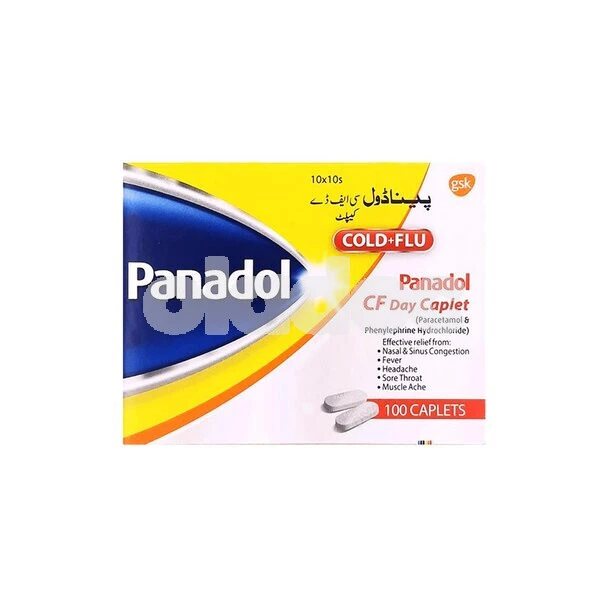Those frequent vaginal infections, skin troubles, and diaper rashes have a name: Candidiasis, aka fungal infections. Caused by the overgrowth of the Candida albicans yeast in the body, such fungal infections are a source of major discomfort, but are hardly ever a cause for concern as they usually remain skin deep.
Consult a dermatologist if you have any skin related concerns.
Table of Contents
How It Happens:
The Candida yeasts naturally occur in various parts of the body and are even useful in defending against harmful bacteria. However, any change in their natural environment, like an acidic pH in the vagina, can cause candida to multiply uncontrollably, resulting in pain, inflammation, and eventually, an infection.
Causes:
Candidiasis is not infectious and cannot be sexually transmitted, although some women may contract the infection from their male partners via sperm. Instead, candidiasis is generally the result of:
- Antibiotic Overuse, either for a chronic condition or small conditions like colds often eradicates the naturally-occurring ‘good bacteria’ along with the invading bacteria. As a result, the yeast population that was previously controlled by the bacteria starts multiplying.
- General Obesity and Temporary Obesity During Pregnancy provide dark, moist areas that are optimum for yeast-breeding. Moreover, a weakened immune system in pregnant women also increases the risk of recurrent yeast infections.
- Steroids and Cancer Medications weaken the immune system, making it unable to send antibodies to combat yeast overgrowth and resulting in a candida
Types:
1-Oropharyngeal Candidiasis (Oral Thrush):
It can affect any part of the oral cavity, from the lips and mouth to the throat. While oral thrush is most common in newborns and infants under 6 months, it can also affect adults who have diabetes, HIV/AIDS, cancer, or asthma and take corticosteroids (orally or inhaled), mouth-drying medications, wear dentures, or smoke.
- Esophageal Candidiasis affects the tube connecting the throat to the stomach and is, hence, not visible without a medical examination. It is highly common in HIV/AIDS patients and often co-occurs with mouth and throat candidiasis.
2-Vaginal/Vulvovaginal Candidiasis (Vaginal Yeast Infection):
This infection occurs when the lactobacillus bacteria present in the vagina is destroyed or reduced. High estrogen (the female hormone) levels during pregnancy, menopause, or as a result of taking birth control medication are common causes of vaginal yeast infections.
3-Cutaneous Candidiasis (Skin Infection):
Poor hygiene, infrequent undergarment changes, tight clothing, excess sweating during warm weather, and incomplete drying of damp skin are common causes of skin yeast infections. Obese people are also at high risk of candidiasis due to increased belly folds and a narrow thigh gap. Rashes commonly occur on the groin or between the breasts, fingers, toes, and buttocks.
- In children over 1 years old, frequent thumb-sucking can cause a yeast infection to develop in or around the nail beds (Candidal paronychia), while candida rashes are a common occurrence on the buttocks and diaper line in newborns and infants.
4-Invasive Candidiasis:
Although candida infections usually remain skin-deep, in some cases the yeast enters the bloodstream and spreads throughout the body. This can negatively affect, or stop the functioning of major organs like the heart, brain, eyes, and liver, altogether. It is a common side-effect.
- Candidemia (bloodstream candidiasis) is a milder form of invasive candidiasis. It is common in hospitalized patients, particularly those who have undergone major surgery, chemotherapy, have a low white blood cell count, or have a tube inserted into a large vein in the groin, upper chest, or neck.
Symptoms:
Symptoms vary depending upon the area infected:
1-Skin:
- Red, itchy, and possibly leaky skin patches
- Scabs and pustules around the edge of the rash
(Rashes may not be clearly visible on darker skin)
2-Vagina:
- Thick, white, cottage cheese-like discharge with little to no odour.
- Pain or discomfort during urination and/or intercourse
- Redness, swelling, and cracks in the vaginal wall
- A tender labia (outer lips of the vagina)
3-Oral Cavity:
- Painful, white, curd-like patches on or inside the mouth, lips, palate, and tongue
- Cracked, red, sore, and moist skin around the mouth corners
- Cotton-like feeling in the mouth
- Pain or difficulty eating and swallowing
- Altered taste of spicy and sweet foods
- Chest pain (with esophageal candidiasis)
4-Invasive Candidiasis:
- Fever and chills that do not respond to antibiotic treatment
- Decreased urine production
- Hypotension
- Eye infection
- Heart murmur
Candidiasis generally resolves within 1-2 weeks with, or longer without treatment. If you observe any of the signs stated above in yourself or your child, contact your doctor for prompt treatment.
You can also book an appointment with a top Dermatologist in Karachi, Lahore and Islamabad through oladoc.com, or call our helpline at 042-3890-0939 for assistance to find the RIGHT Doctor for your health concerns.










